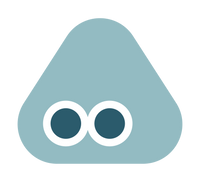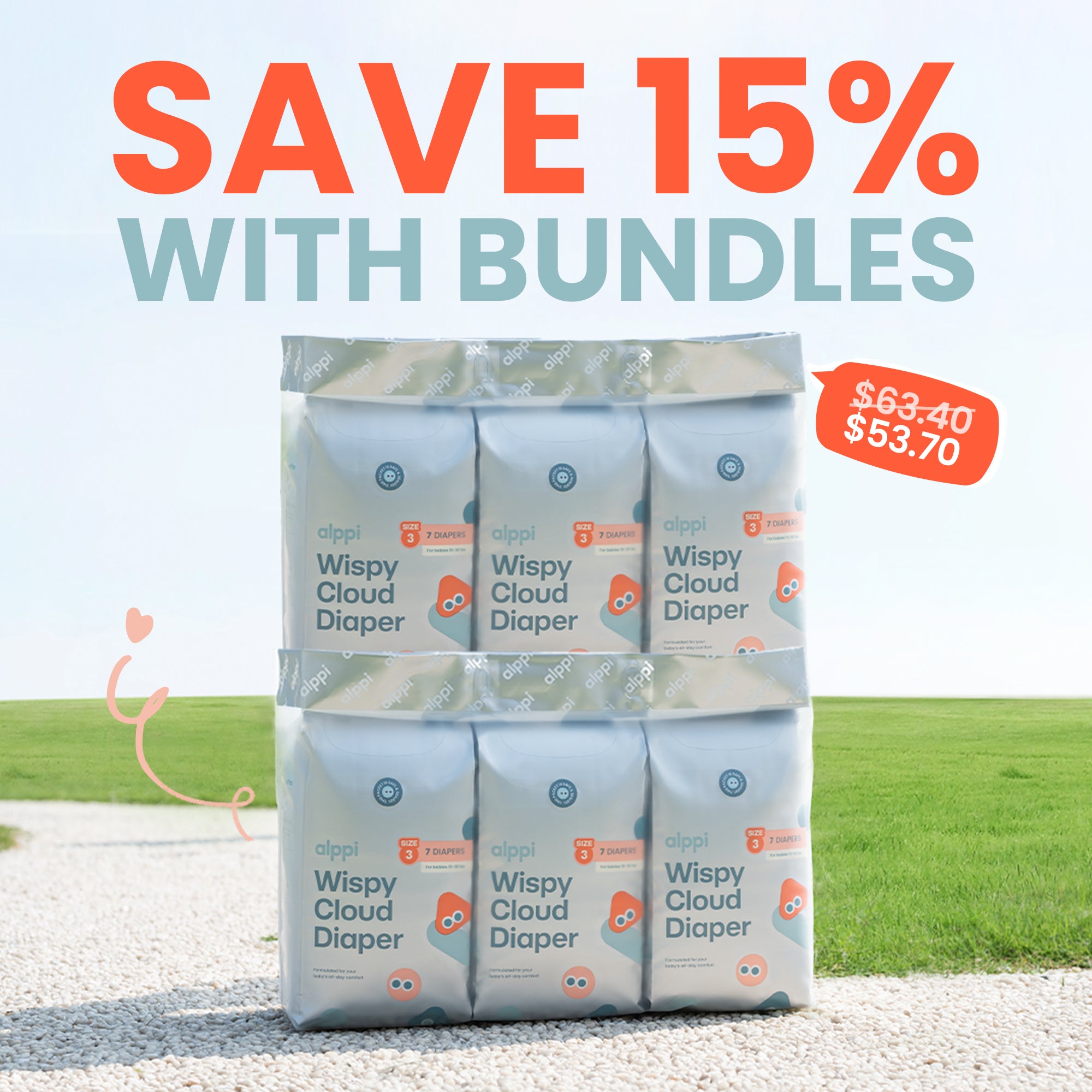Bathing your newborn for the first time can feel both exciting and a little nerve-wracking.
You want to keep your baby clean, safe, and comfortable while also making it a special bonding moment.
If you are wondering exactly how to give a newborn a bath, this guide will walk you through everything you need to know from timing and preparation to safety tips and common mistakes to avoid.
Read on to discover easy steps and helpful tips so you can feel confident and enjoy bath time with your little one.
When Can You Give a Newborn Their First Bath
The first bath is an important milestone, but it is not something you need to rush. Most experts recommend waiting at least 24 to 48 hours after birth before giving your baby their first bath.
This allows your newborn to adjust to life outside the womb and helps protect their delicate skin.
If your baby still has their umbilical cord stump, stick to sponge baths until it falls off naturally. This keeps the stump dry and helps prevent infection.
How Often Should You Bathe a Newborn
Newborns do not need a bath every day. In fact, bathing two to three times a week is usually enough during the first few months. Overbathing can dry out their sensitive skin.
Between baths, you can keep your baby fresh by gently wiping their face, neck, hands, and diaper area with a soft, damp cloth.
📌 If you need tips on keeping your baby clean and comfortable, check out this helpful guide on how often you should change your baby's diaper.
What You’ll Need Before Bath Time
Having everything ready before you start makes bath time smoother and safer. This way you can keep your focus on your baby without having to step away.
Here are some newborn bath essentials:
- ✔️ Baby bathtub or sink insert
- ✔️ Soft washcloths
- ✔️ Mild, fragrance-free baby soap and shampoo
- ✔️ Cup or small container for rinsing
- ✔️ Hooded towel
-
✔️ Clean diaper and clothes
💡 Pro tip: Always set up your bath area before undressing your baby. This will help you avoid rushing and keep your baby warm and comfortable.
How to Give a Newborn a Bath Step by Step
Bathing your baby does not have to be complicated. Follow these steps to make the process safe and enjoyable for both of you.
✅ Step 1: Wash Your Hands and Prepare the Bath Area
Make sure the room is warm and free from drafts. Gather all your supplies so you do not have to leave your baby unattended.
✅ Step 2: Fill the Tub With Warm Water
Use about 2 to 3 inches of water and test the temperature with your wrist or elbow. For accuracy, aim for around 100°F (37.8°C) which is warm but not hot.
✅ Step 3: Undress Your Baby
Keep them wrapped in a towel until you are ready to place them in the water. This helps them feel secure and warm.
✅ Step 4: Support the Head and Neck
Hold your baby with one arm supporting their head and neck while your other hand is free to wash them.
✅ Step 5: Start With the Face
Use a damp washcloth with plain water to gently clean your baby’s face, starting with the eyes and moving outward.
✅ Step 6: Wash the Body
Using mild baby soap, wash from the top down, paying special attention to skin folds. Leave the diaper area for last.
✅ Step 7: Rinse Gently
Use a small cup to pour water over your baby’s body, avoiding the eyes and ears.
✅ Step 8: Lift Out and Dry
Carefully lift your baby out of the tub, supporting their head and neck. Wrap them in a hooded towel and pat dry. Keep baths short, about 5 to 10 minutes to prevent chills and skin dryness.
Safety Tips Every Parent Should Know
Keeping your baby safe during bath time is the top priority. These tips will help you avoid common risks and make bath time stress-free.
- ✅ Never leave your baby alone in the bath, even for a second
- ✅ Keep one hand on your baby at all times
- ✅ Check the water temperature before placing your baby in
- ✅ Avoid filling the tub too high
📌 If you want to learn more about baby safety in other areas, browse this article on understanding CPC certification.
Common Mistakes to Avoid When Bathing a Newborn
Even with the best intentions, some habits can make bath time harder or less safe. Being aware of them can help you avoid unnecessary stress.
- ✅ Bathing right after feeding which can make your baby uncomfortable
- ✅ Using water that is too hot or too cold
- ✅ Adding too much soap which can dry out skin
- ✅ Forgetting to clean behind ears, under arms, and in skin folds
What Not to Do When Bathing a Newborn
Knowing what not to do is just as important as knowing the right steps. Avoiding these mistakes will keep your baby safe and happy.
- ❌ Do not submerge your baby before the umbilical cord stump falls off
- ❌ Do not use harsh or strongly scented products
- ❌ Do not leave your baby in the water for too long
- ❌ Do not turn away to grab supplies after the bath has started
How to Make Bath Time Calming and Fun
Bath time can be more than just a cleaning routine. It is also a great chance to bond with your baby.
- ✅ Talk softly or sing to your baby while you bathe them.
- ✅ Keep the water warm and the room cozy so they feel relaxed.
- ✅ You can also gently splash their feet or hands to make it playful.
Troubleshooting: What If Your Baby Hates Baths
Some babies cry during baths because they are cold, tired, or hungry. Understanding the cause can help you fix it.
- ✅ Try bathing your baby at a time when they are calm and alert.
- ✅ Keep baths short at first and gradually increase the time as they get used to it.
- ✅ Swaddled baths, where the baby stays wrapped in a light blanket, can also help them feel secure.
After the Bath: What to Do Next
Once your baby is dry, it is time to keep them warm and comfortable. This is also a good moment for some extra cuddles.
Gently apply a baby-safe moisturizer if needed, then dress your baby in clean, soft clothes.
📌 If you are looking for tips on choosing the best diapers for comfort and fit, check out what makes a good diaper.
Alppi Baby Diapers You May Try for Your Newborn
Final Thoughts
Bathing your newborn can be a joyful, bonding experience once you know the right steps and safety tips. With preparation and patience, you will soon feel confident and enjoy this special time together.
Alppi Baby is here to support you with helpful parenting tips and safe, gentle products for your little one.
Don’t forget to shop Alppi Baby Wispy Cloud Diapers which are soft, eco-friendly, and trusted by most parents.
📌 You can also discover your parenting style to make every stage of your journey even more rewarding.
Frequently Asked Questions About Bathing a Newborn
Can I put lotion on my newborn
Yes, you can use a gentle, fragrance-free lotion if your baby’s skin seems dry. Avoid putting lotion on the face or near the eyes. Always choose products made for sensitive newborn skin.
How do I properly give my newborn a bath
Prepare all your supplies ahead of time, use warm water around 100°F, and support your baby’s head and neck. Start by washing the face with plain water, then the body with mild soap, and rinse gently. Always keep one hand on your baby for safety.
How long does vernix stay on a baby
Vernix is the white, creamy coating on a newborn’s skin at birth. It usually absorbs into the skin or washes away naturally within the first few days, but some may remain for up to a week if baths are delayed. Many parents choose to delay the first bath to allow the vernix to protect the skin longer.
Can I give my baby a bath after the umbilical cord falls off
Yes, once the umbilical cord stump has fallen off and the area has healed, you can give your baby a regular tub bath. Before that, stick to sponge baths to keep the stump dry.
What are the benefits of not wiping baby after birth
Not wiping your baby right after birth allows the vernix to stay on the skin longer, which can help protect against dryness and infection. It also supports natural temperature regulation and bonding during skin-to-skin contact.













